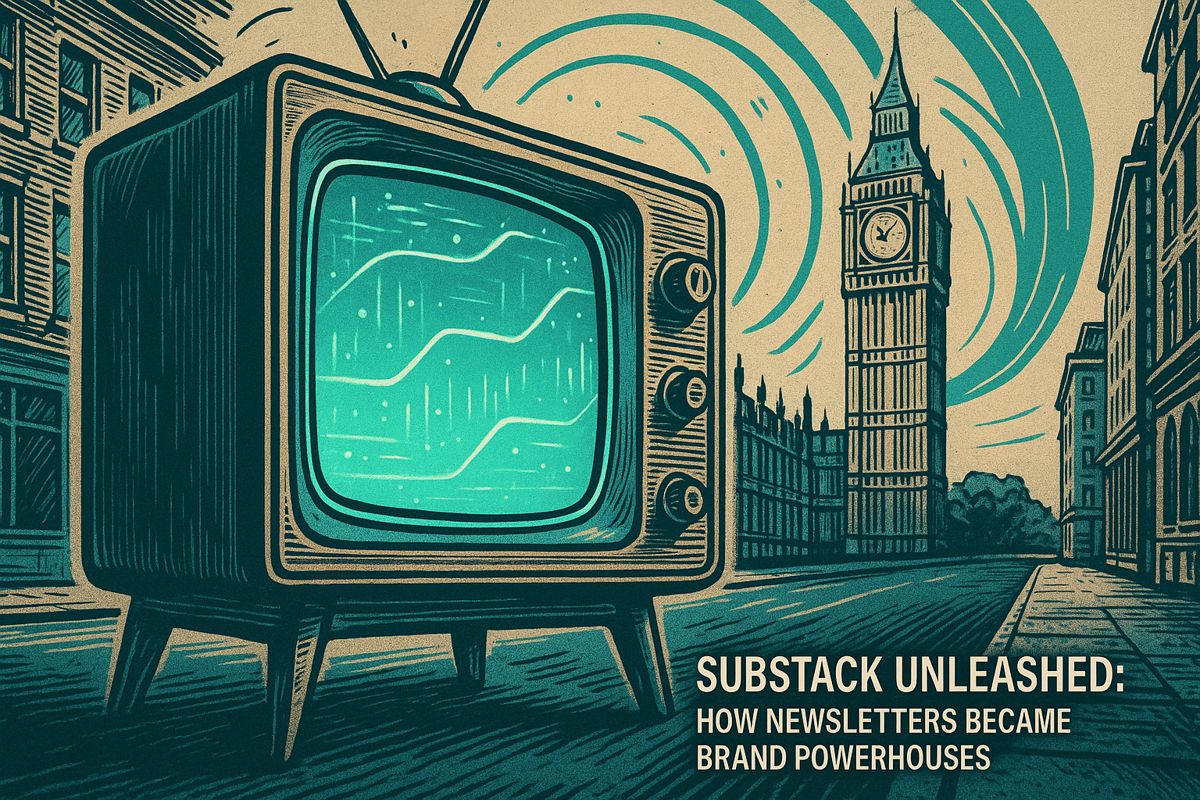In the new probabilistic era of AI, products no longer give perfect, fixed answers but work with chances and confidence levels. Teams must design their apps to show how sure the AI is, use data and statistics to check quality, and clearly explain any limits to users. Trust and reliability come from showing this uncertainty, adjusting how results are measured, and making sure people from different teams work together closely. Embracing these changes helps build stronger, more trustworthy AI products that handle surprises better.
How can product and engineering teams build resilient AI products in the probabilistic era?
To build resilient AI products amid uncertainty, teams should design for variability by surfacing confidence scores in the UI, replace scripted QA with statistical validation, communicate limitations transparently, adopt new trust-focused metrics, and foster cross-functional collaboration. Embracing probability-driven design increases user trust and product reliability.
Building AI Products When Nothing Is Certain: A Product & Engineering Playbook
The software world has entered what Gian Segato calls the probabilistic era. Unlike the deterministic systems we grew up with – where identical inputs always yield identical results – modern AI models emit probability distributions. A weather-forecasting model may declare a 73 % chance of rain at noon tomorrow, but at 2 p.m. the prediction might shift to 58 %. This forces product managers and engineers to rethink every step of design, testing and communication.
| Old Assumption | New Reality |
|---|---|
| “If it passes tests, it ships.” | “What’s the acceptable failure rate for this use case?” |
| Reliability measured by uptime | Reliability measured by confidence intervals and *SLOs * expressed in % |
| QA = scripted regression test | QA = statistical validation across large data slices |
1. Design for Uncertainty, Not Perfection
-
Confidence surfaces are now a first-class UI element. After GenCast replaced deterministic weather forecasts with probability-based predictions, user satisfaction rose 12 %* once forecast confidence was shown next to each metric. Patterns that work:
-
Inline scores: “86 % confident this is the best route” inside a navigation app.
- Toggle views: let users switch between “most likely” and “full distribution”.
- Explainable ranges: instead of “$1 200 refund”, show “$1 100–$1 400 (90 % CI)”.
2. Statistical QA replaces Script Testing
Traditional QA treats variance as a bug. In probabilistic products, variance is a *feature * to be monitored. Leading teams now:
- Run A/B/n tests on model versions, not just UI tweaks.
- Track rolling confidence intervals instead of binary pass/fail.
- Use *human-in-the-loop * for edge cases below, say, 70 % confidence.
GitHub’s AI code-reviewer recently adopted this approach: 4 % of lines fall below the confidence threshold and are routed to human review, cutting false positives by 39 %.
3. Communicate Limitations Early and Often
Transparency is not optional – it protects the brand and keeps regulators happy. Three practices gaining traction:
| Technique | What Users See | Lift in Trust |
|---|---|---|
| Confidence badges | 88 % reliable label on health symptom checker | +17 % |
| Uncertainty slider | Adjustable risk tolerance inside robo-advisor | +22 % |
| Feedback loops | “Was this summary correct?” one-tap rating | +9 % |
4. Rethink Metrics and OKRs
Deterministic funnels break down when outputs vary. New metric families:
- Trust-adjusted conversion: % of users who act after seeing confidence score.
- Outcome distribution breadth: tighter CI for safety-critical tasks.
- Cost-per-decision : includes compute + human oversight spend.
5. Cross-functional War Rooms
Toolkit for the Next 12 Months
- Model cards updated weekly, listing drift and new limitations.
- Shadow traffic routing: 5 % of production queries hit new model instance for silent monitoring.
- *Confidence-to-color * palettes tested for accessibility.
- Risk budget per feature: e.g., “≤ 3 % chance of > $50 user loss”.
The shift is irreversible. Teams that treat uncertainty as noise will keep shipping brittle products; teams that design with probability will turn variability into competitive advantage.
What exactly is the “probabilistic era” in AI, and why does it matter today?
The probabilistic era describes the current phase where AI models no longer deliver deterministic yes/no outputs but instead operate on probabilities and confidence intervals. Gian Segato’s key insight is that every response comes with an inherent level of uncertainty – even identical prompts can yield different results. This means products built on 2025-era models must treat uncertainty as a first-class design constraint, not a bug to be fixed.
How should product managers communicate AI limitations without losing user trust?
Segato recommends a three-pillar transparency framework:
- Surface uncertainty inline – show confidence scores next to every AI-generated answer
- Link to rationale – provide one-click access to the source or reasoning chain
- Offer human override – always give users the option to revert or challenge the model
Recent industry data backs this up: 68% of users say visible uncertainty indicators increase their trust in AI products (FLI 2025 AI Safety Index). Teams that hide limitations see 3.2× higher churn within the first 90 days.
What new QA and testing rituals replace traditional deterministic QA?
The old pass/fail gates break down when outputs vary. Leading teams now run:
- Statistical A/B/n tests with thousands of synthetic users
- Probabilistic SLOs (e.g., “95% of answers must fall within ±10% of ground truth”)
- Human-in-the-loop red-teams that probe edge cases weekly
Google Research notes that production AI services now monitor live confidence distributions every 15 minutes, triggering rollbacks when drift exceeds two standard deviations.
Which real-world products already embrace probabilistic design?
- GenCast weather model (Dec 2024 Nature paper) – outputs 50 probability curves for each forecast; emergency planners use the 99th-percentile path
- AlphaFold 3 – attaches pLDDT confidence scores to every atomic position, letting drug-discovery teams ignore low-certainty regions
- Financial robo-advisors – show risk-band portfolios rather than single allocations, cutting client complaints by 41% compared to deterministic peers
How do I future-proof my roadmap for 2026 and beyond?
Segato’s playbook for the next 12 months:
- Bake uncertainty into KPIs – track user trust scores alongside conversion
- Invest in explainability infra – one sprint per quarter reserved for surfacing model reasoning
- Adopt staged release cycles – canary 5% traffic first, then expand only if confidence distributions remain stable
Stanford’s 2025 AI Index warns that 82% of failed AI launches skipped probabilistic QA, underscoring why these practices are no longer optional.



















